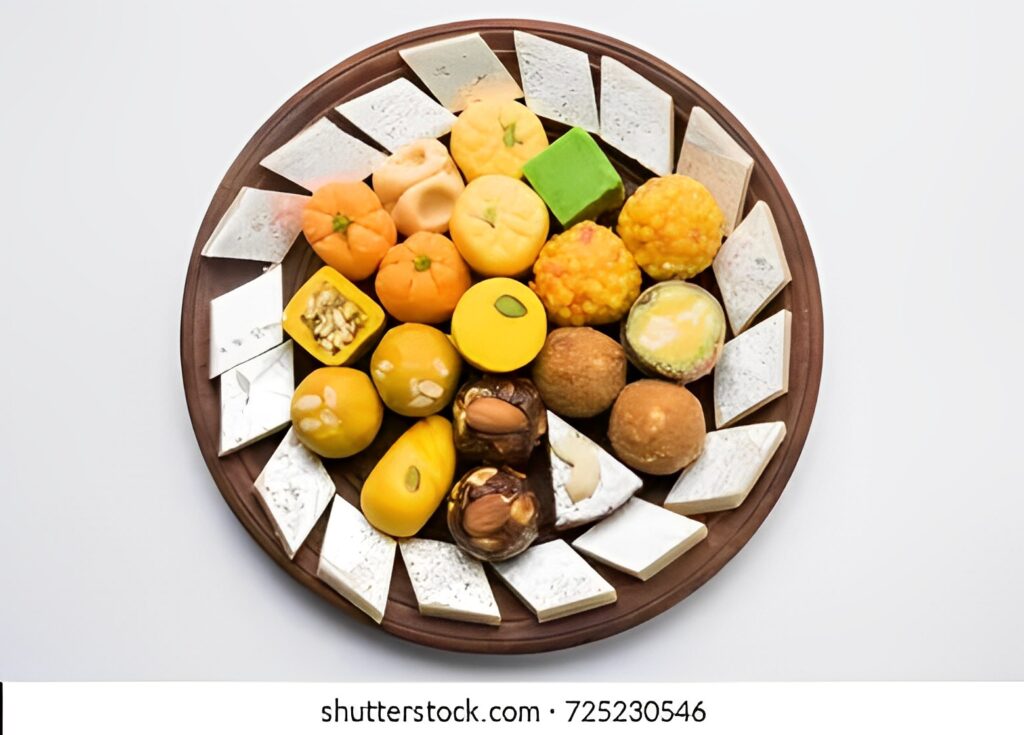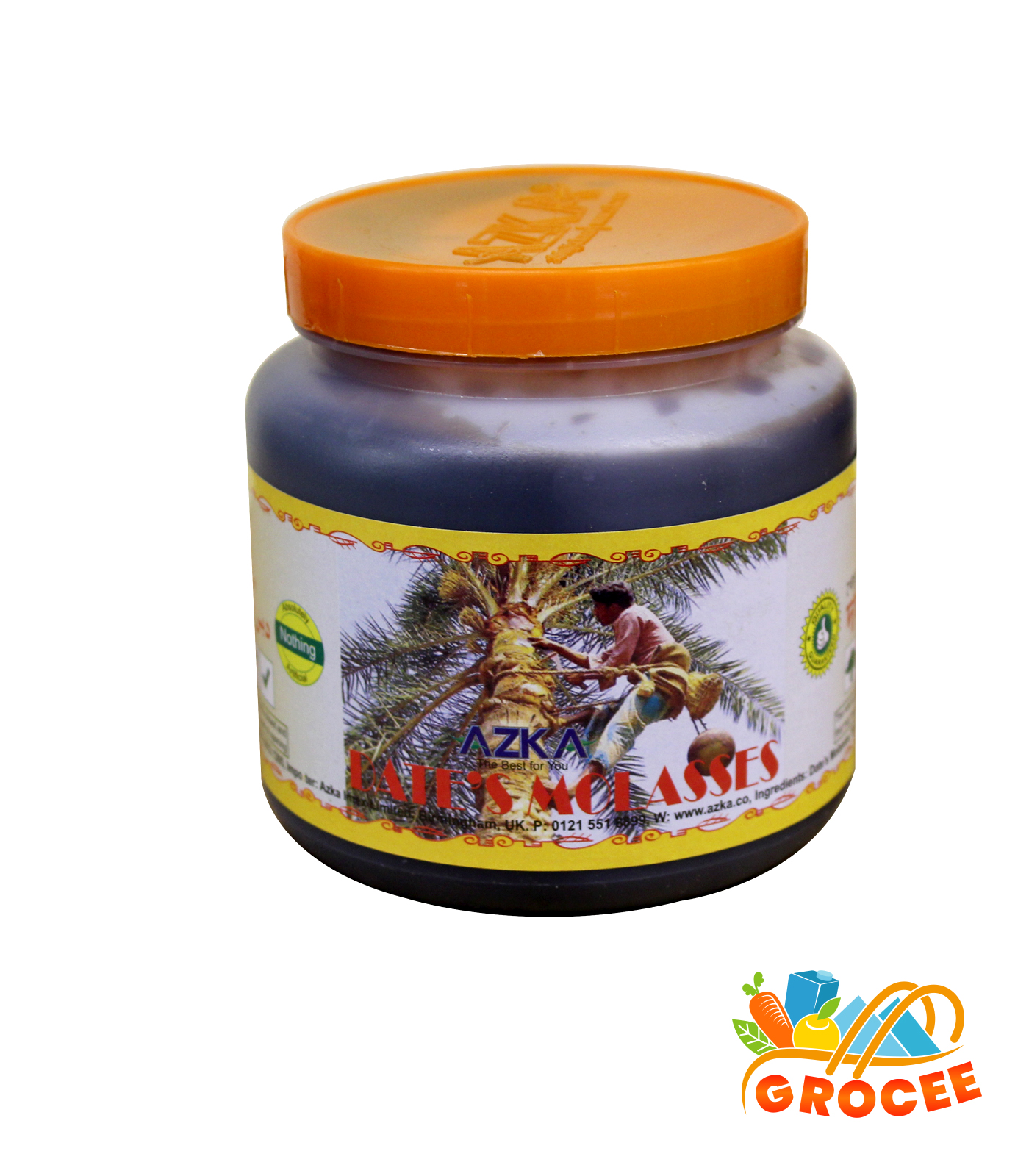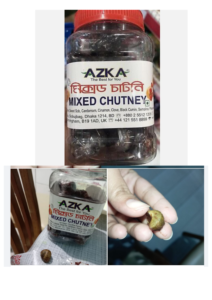
Bangladesh is a country with a rich culinary tradition, and one aspect of this tradition that stands out is its love for sweets. Bangladeshi sweets, or mishti, Date Molasses, are an integral part of the country’s culture, often served during festivals, weddings, and other special occasions. From creamy milk-based sweets to syrupy fried delights, Bangladeshi mishti come in all shapes, sizes, and flavors, and are as diverse as the regions and communities that create them.
In this article, we will explore the colorful world of Bangladeshi mishti, their history, ingredients, and cooking techniques, as well as some of the most popular and unique varieties.
A Brief History of Bangladeshi Mishti
The tradition of making sweets in Bangladesh goes back centuries, and has been influenced by the country’s various historical and cultural influences. For example, the Mughal Empire, which ruled parts of India and Bangladesh from the 16th to the 19th century, brought with them the use of milk, nuts, and spices in sweets, which can still be seen in many Bangladeshi mishti today.
Mishti are also an important part of Bangladeshi religious and cultural celebrations. During the Islamic month of Ramadan, Muslims in Bangladesh break their daily fasts with dates and a variety of sweet treats, including mishti. On the Hindu festival of Durga Puja, which celebrates the goddess Durga, sweets are offered as prasad, or a sacred offering.
Despite their long history, Bangladeshi mishti remain as popular as ever, and continue to be an essential part of the country’s culinary landscape.
Ingredients and Techniques
The ingredients used in Bangladeshi mishti are often simple, but the techniques used to combine them are anything but. Milk, sugar, and flour are the three main ingredients in most mishti, but each sweet has its own unique twist. Here are some of the most commonly used ingredients and techniques in Bangladeshi mishti:
Milk
Milk is a key ingredient in many Bangladeshi mishti, and can be used in a variety of forms, such as condensed milk, powdered milk, and milk solids. Depending on the mishti, the milk may be boiled, reduced, or curdled to create different textures and flavors.
Sugar or Date Molasses
Sugar is used to sweeten most Bangladeshi mishti, but the type and amount of sugar used can vary widely depending on the recipe. Some mishti use granulated sugar, while others use jaggery, a type of unrefined cane sugar that adds a distinct flavor and color to the sweet. Date Molasses can be used as an alternative to sugar. But it would change colour of sweet.
Sugar or Date Molasses
Sugar is used to sweeten most Bangladeshi mishti, but the type and amount of sugar used can vary widely depending on the recipe. Some mishti use granulated sugar, while others use jaggery, a type of unrefined cane sugar that adds a distinct flavor and color to the sweet. Date Molasses can be used as an alternative to sugar. But it would change colour of sweet.

Flour
Flour is used to bind the ingredients together in most mishti, and can be made from a variety of grains, including rice, wheat, and semolina. Depending on the mishti, the flour may be roasted, soaked, or fried before being combined with other ingredients.
Syrup
Many Bangladeshi mishti are soaked in syrup to add sweetness and moisture. The syrup is often made from sugar, water, and sometimes cardamom or saffron for flavor.
Spices
Spices like cardamom, cinnamon, and nutmeg are often used in Bangladeshi mishti to add flavor and aroma. These spices are usually ground fresh to release their oils and maximize their potency.
Deep-Frying
Some Bangladeshi mishti are deep-fried to create a crispy exterior and a soft, syrupy interior. The fried sweets are often soaked in syrup immediately after frying to absorb the sugar and moisture.
Baking
Baking is another common technique used in Bangladeshi mishti, particularly for dry and crumbly sweets like narkel nadu and shondesh. These sweets are often made by mixing flour, sugar, and milk or coconut, and then baking the mixture until it forms a solid block. The block is then cut into individual pieces and served either plain or with syrup. Baking is a relatively newer technique in Bangladeshi mishti-making, but it has gained popularity in recent years due to its convenience and ability to create consistent results. #Azka #DateMolasses #AzkadateMolasses



